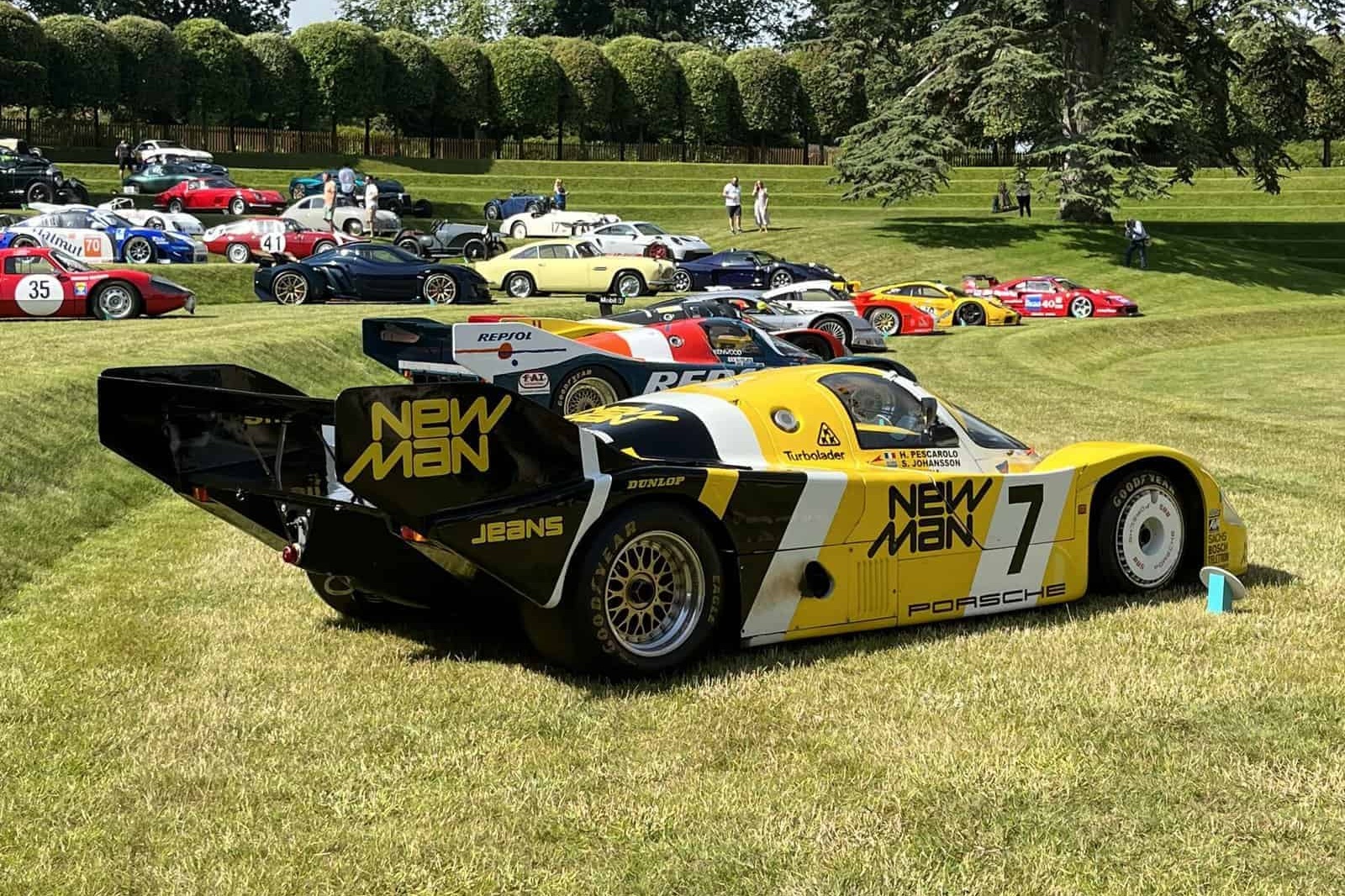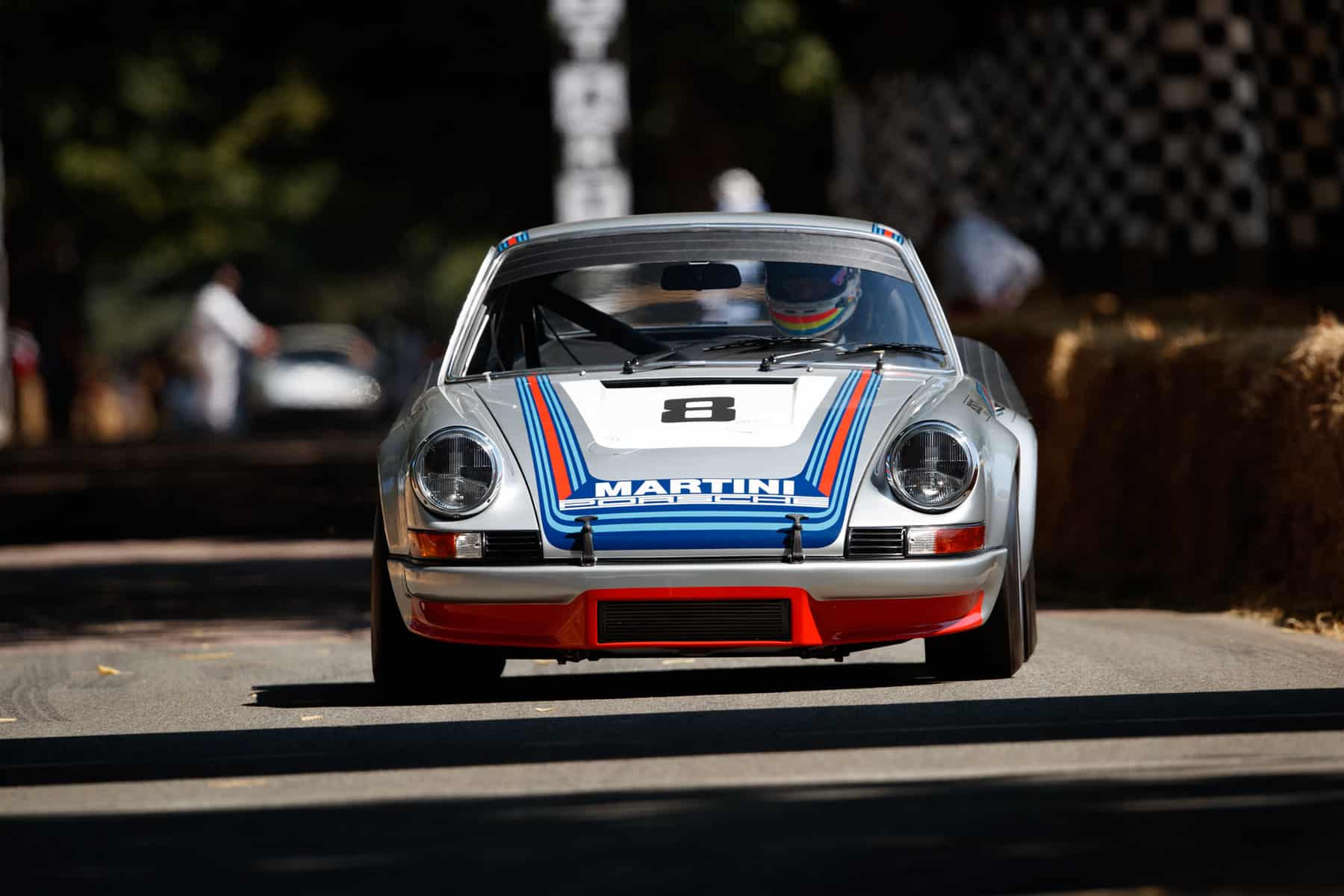2022 Mugello Classic
Historic racing season kicks off
WORDS & IMAGES BY: WOUTER MELISSEN
“Come to Italy,” someone said. “It will be nice,” someone else said. They were both very wrong but fortunately also very right. The occasion was the Mugello Classic, which kicked off the historic 2022 racing season on the European continent during the first weekend of April.
Those looking for warm early spring weather were disappointed. The freezing temperatures, rain, hail, and even snow seemed out of place in the lovely Tuscan hills that reportedly had not had any rain in one hundred days. Fortunately, the action on the Autodromo Internazionale del Mugello with nine different grids and packed with several hundred historic racing cars more than made up for the weather. “Usually, the first race of the season is difficult because many cars are not ready yet,” event organizer Patrick Peter explains, “but this year we had three hundred cars racing with us, which is amazing!
Even though the permanent Mugello circuit was not built until 1974, the area already regularly hosted road races from the 1920s. Run on public roads, the original course went through the Tuscan hills in what is a particularly beautiful part of Italy. The essence of that 66 km loop was captured in the purpose-built circuit as Emanuele Pirro attests: “The circuit reflects the layout of the area; if you leave the circuit there is an undulating section that has corners that are nearly identical to the Mugello circuit.” The six-time Le Mans winner continues: “The lines of the circuit were determined by the area and not by a designer and then transposed on the location as is the case with many modern racing tracks. From inside one of those circuits, it is nearly impossible to determine where in the world you actually are.” That is certainly not the case with Mugello.
The permanent circuit is built on two hillsides while the paddock and start-finish straight sit in the valley in the middle. In 1988, the circuit was acquired by Ferrari, and it received a comprehensive refurbishment. That usually does not bode well for the circuit, but Pirro attests the unique character of Mugello was retained: “I think this probably was a unique example of a track being completely remade without changing the layout at all, because the layout was good enough.” There are, however, differences: “The track surface was originally rougher as was usually the case with old-school circuits. The curbs were proper curbs, so you could not cut all the ‘esses’ like you do now. And you could not run quite as wide at the exits. “
Organized by French specialists Peter Auto, the Mugello Classic was the first of five rounds scheduled for the 2022 season. It was the second edition of the event, as it was already held back in 2014. “All the competitors enjoy racing in Italy. In the previous years, we visited in Monza, Imola, and Vallelunga.” Patrick Peter explained after the event: “We had not returned to the Mugello circuit since 2014, as we try to offer some variation for the drivers. Mugello has imposed itself. I have to say that the pilots appreciated this choice.” He and the drivers were also very happy to start the season as scheduled for the first time in three years: “I think that everybody wanted to return to a normal life, after two years of inability to travel, cancellations, or postponement of the events.”
The Peter Auto events celebrate sports racing cars from the post-War era to 2010, as well as touring cars of the sixties, seventies, and early eighties. Based on the type of vehicles and the age, the cars entered are split in nine different grids with races that vary from forty minutes to two hours in length. The various fields offer an eclectic mix of machinery with relatively common Porsche 911s, Lolas, and Chevrons dicing it out with the likes of a Ferrari 512 S, Porsche 917 K, and a more recent Bentley Speed 8. For many of the drivers, it is very serious business and many of the cars are prepared and driven very well. Some of the owners are joined by professionals like Pirro, his compatriot and touring car ace Gabriele Tarquini, and former Grand Prix winner Thierry Boutsen, who are even more adept at showing what these historic racing cars are capable of.
One of the grids is for 1980s and 1990s Group C machinery, which featured Olivier Galant behind the wheel of a Jaguar XJR-12. Powered by a 7.4-liter V12, this car is a daunting task for most to handle, even in the dry. He had to do so in the wet due to the inclement weather conditions, particularly during qualifying: “I knew that Mugello is first and foremost a motorbike track and the two-stroke bikes leave plenty of oil on the racing line, which becomes incredibly slippery when wet. Knowing that, I did all I could to stay off the racing line and get some clean asphalt. I was kind of worried at first because the conditions were really awful, and it was my first time driving this car in the wet—or any prototype—but after a lap or two I gained confidence and noticed there was tremendous grip on the outside of most corners.”
Galant continues: “This car is very powerful and known for being difficult to recover once you lose the rear. However, all this weight at the back means you have tremendous traction in the wet, you just have to make sure you’re straight enough when you press the accelerator.” He would ultimately qualify the ex–Le Mans Jaguar second on the grid for the first of two forty-five-minute races. During that race, also held in slippery conditions, Galant quickly grabbed the lead and would go on to win the race ahead of the Nissan R90CK of father and son Pierre-Alain and Erwin France. The second race was held on Sunday, and in dry conditions. This time, Galant failed to reach the finish, leaving the victory to Michel Lecourt and Raymond Narac in the former’s Porsche 962C.
The longest race of the weekend was the Sixties’ Endurance: a two-hour race with mandatory five-minute pit stop for 1950s and 1960s sports and GT-racers. Galant also participated in this one, clearly enjoying himself behind the wheel of a Shelby Cobra Daytona continuation car: “The sixties race definitely is the highlight of Peter Auto weekends.” He was not alone, as a capacity grid of seventy-two cars lined up behind him. With so many cars on track, slicing through traffic is inevitable: “You have to think about the way you overtake each car. There is such a vast range of cars on the track, and they all extract their lap time in very different ways. You won’t overtake an Elan and a Corvette the same way. Cobras and E-Types may be the quickest cars from the sixties, but the Elans are as fast, if not faster, around corners and the Corvettes are definitely faster down the straight. That makes things so much more interesting, even if you are not fighting for position, you’re still having a great time overtaking cars which may be quicker than you at some parts of the track.”
Galant’s experience in traffic at Mugello is exemplary the spirit of these Peter Auto events: “There is a great amount of respect on the track. A car driven by someone I had never met before – which I lapped a few times – would get out of the way every time I came up behind him. We would then wave at each other and go on with our race.”
Next on the agenda is the Spa Classic in May. Like Mugello, the Spa Francorchamps is one of those classic, undulating circuits sculpted by the surroundings. Traditionally one of the highlights on the Peter Auto calendar, this event has not been held since 2019 due to the global pandemic, so we can expect bumper grids and great racing once again.
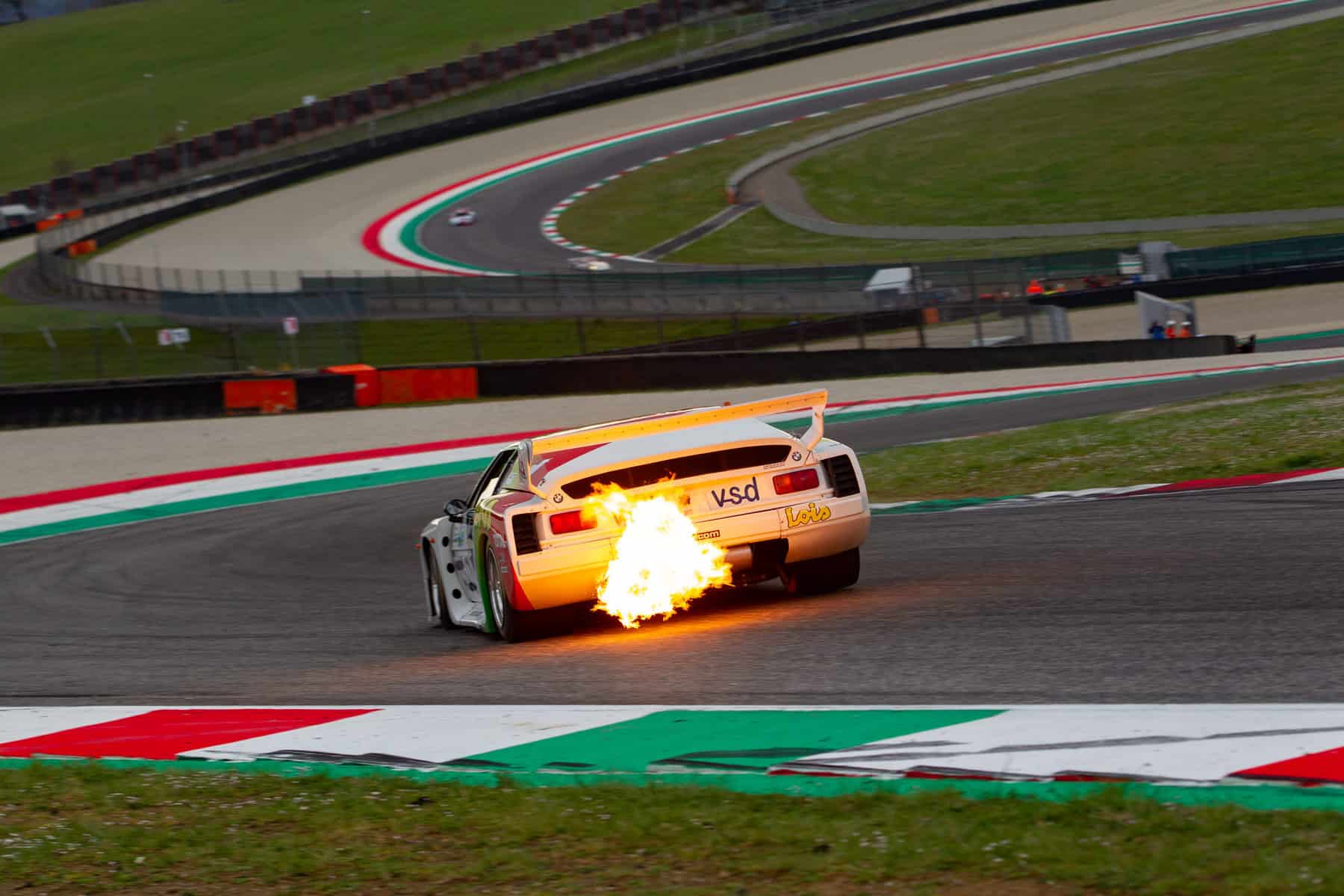
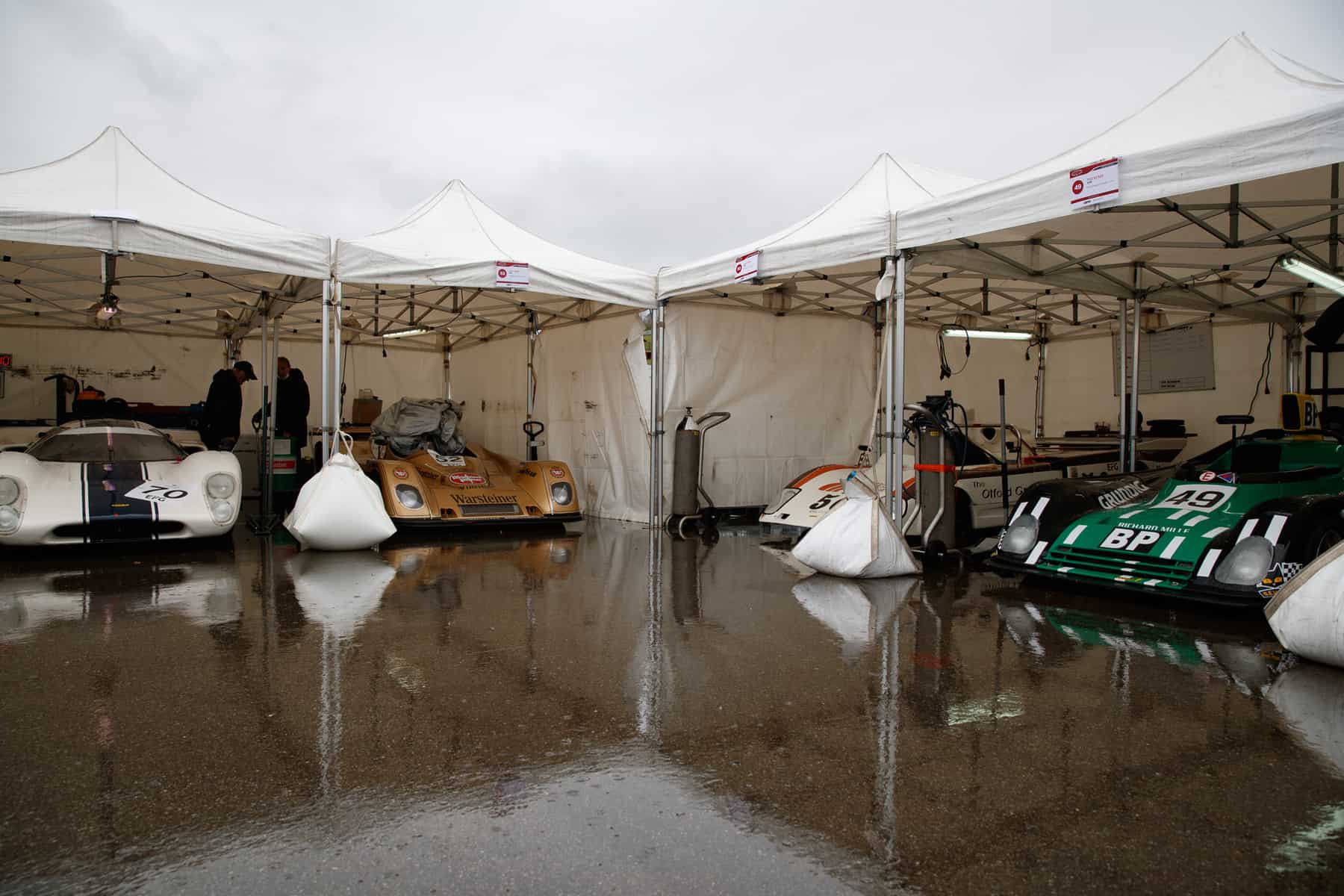

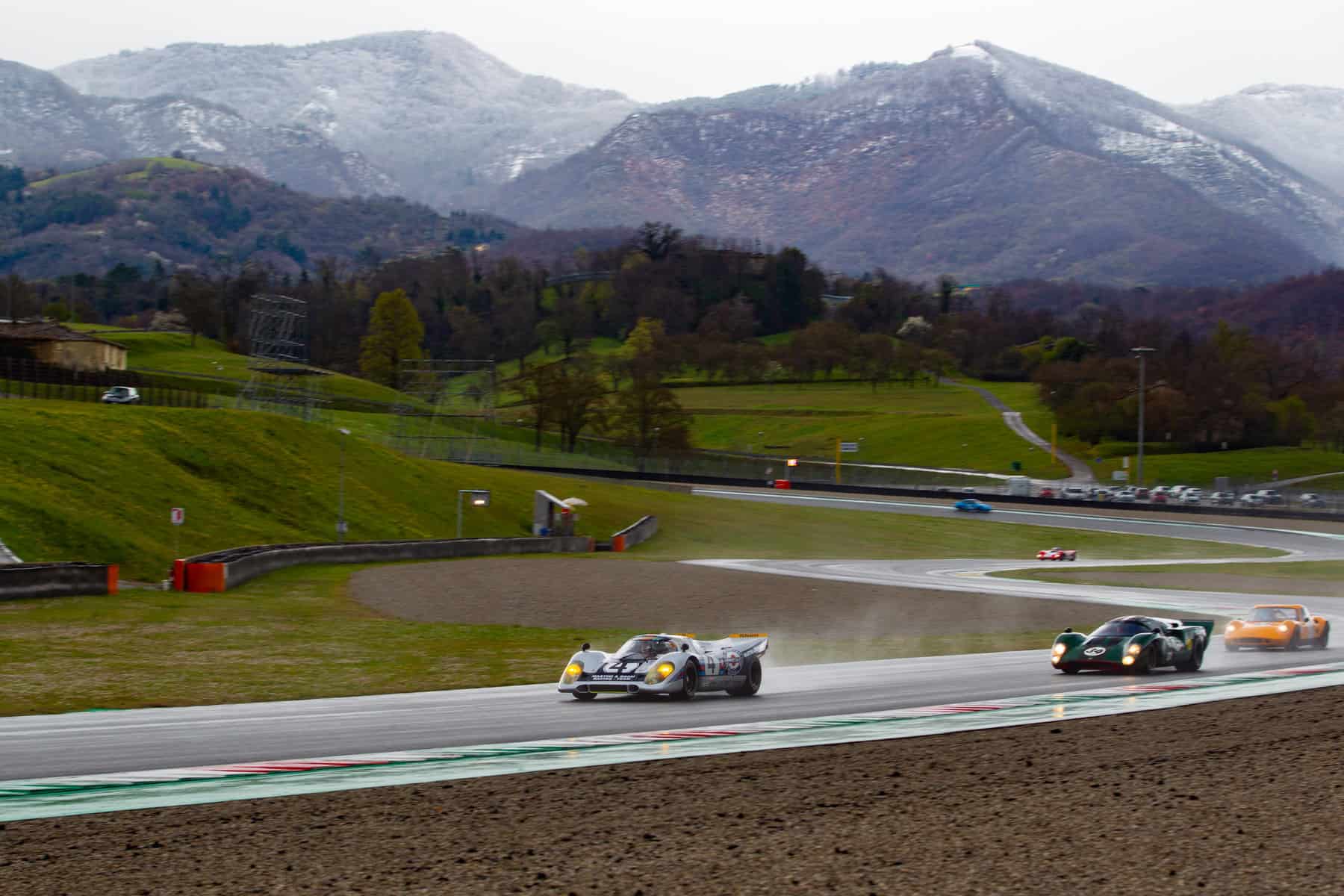
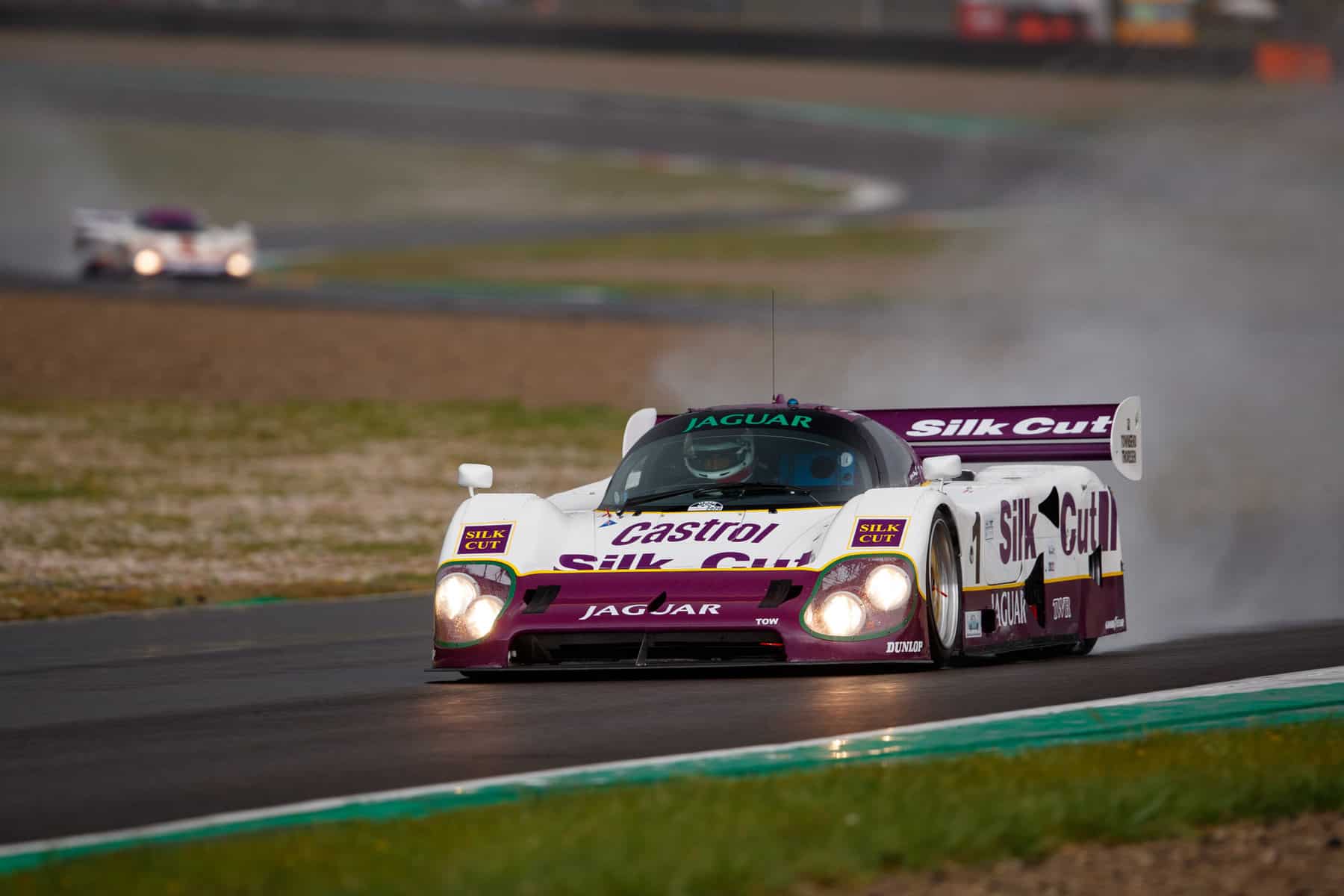
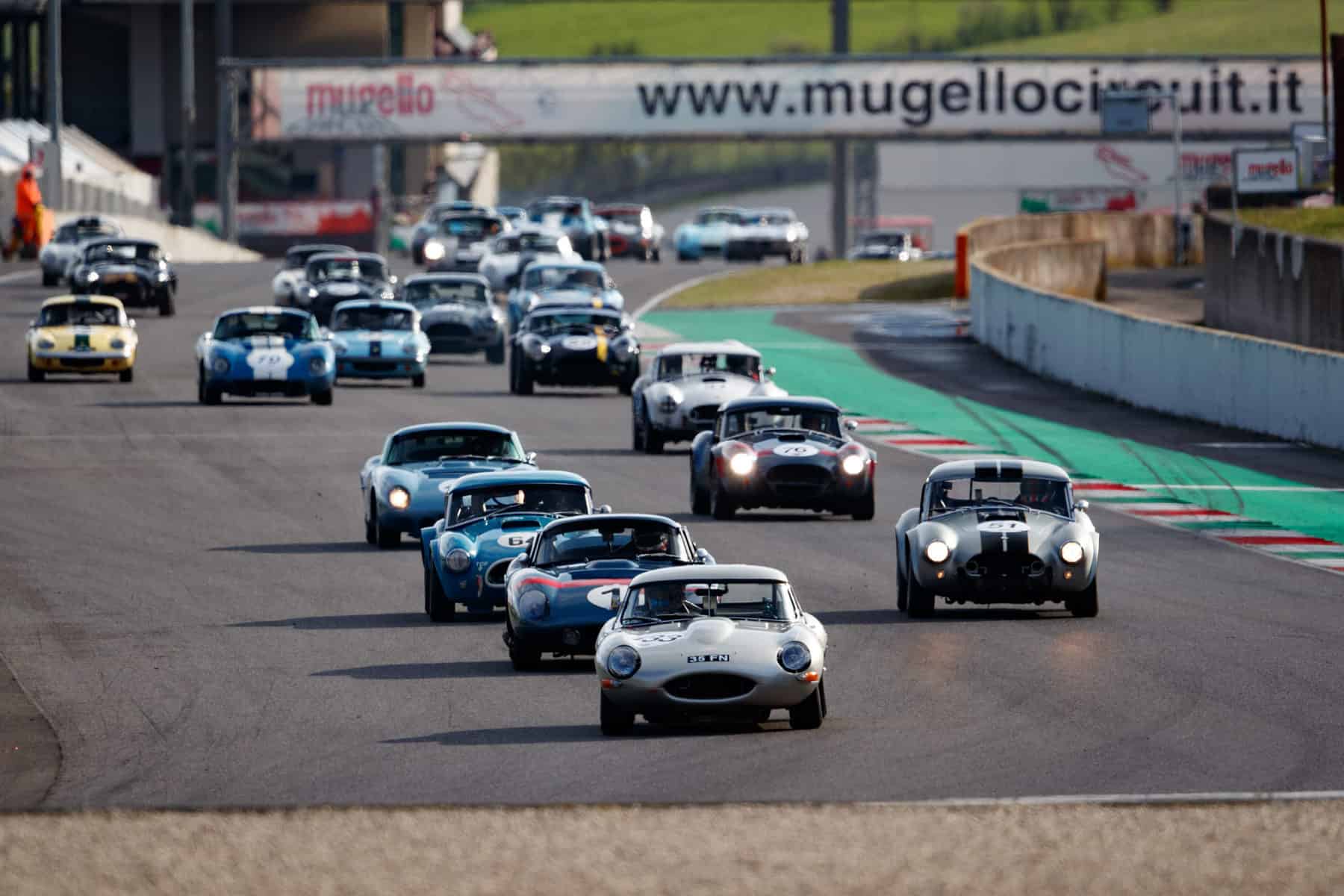


![alfa gtz perfectly imperfect webannerl[1]](https://automedia.revsinstitute.org/wp-content/uploads/2024/08/Alfa-GTZ-Perfectly-Imperfect-webannerl1-uai-1200x800.jpg)
